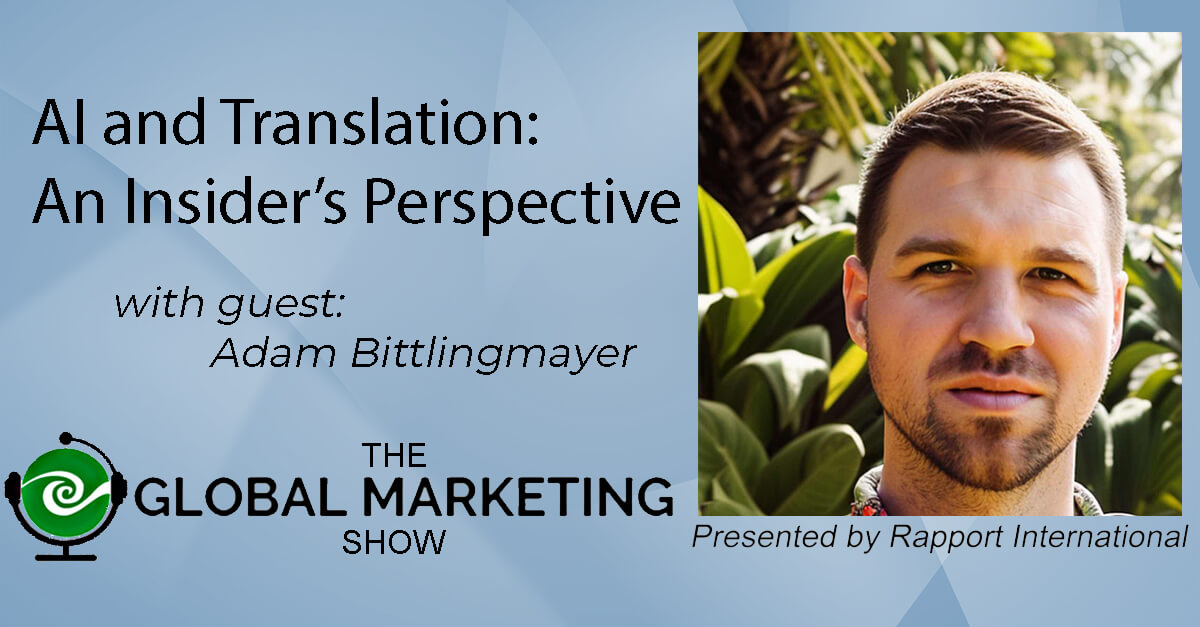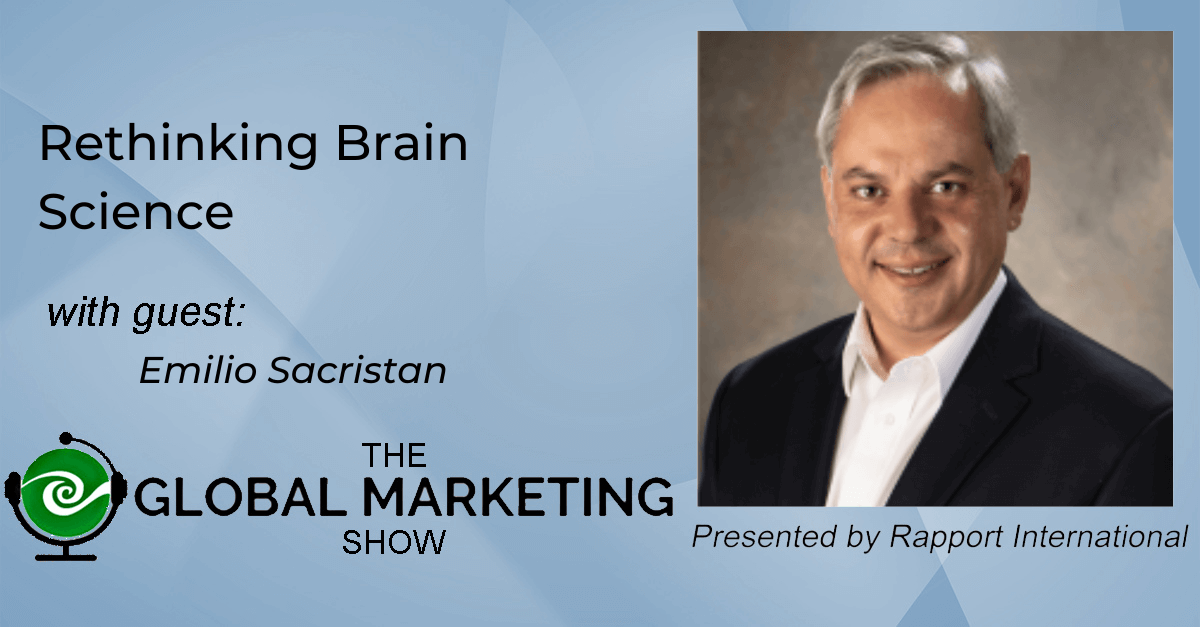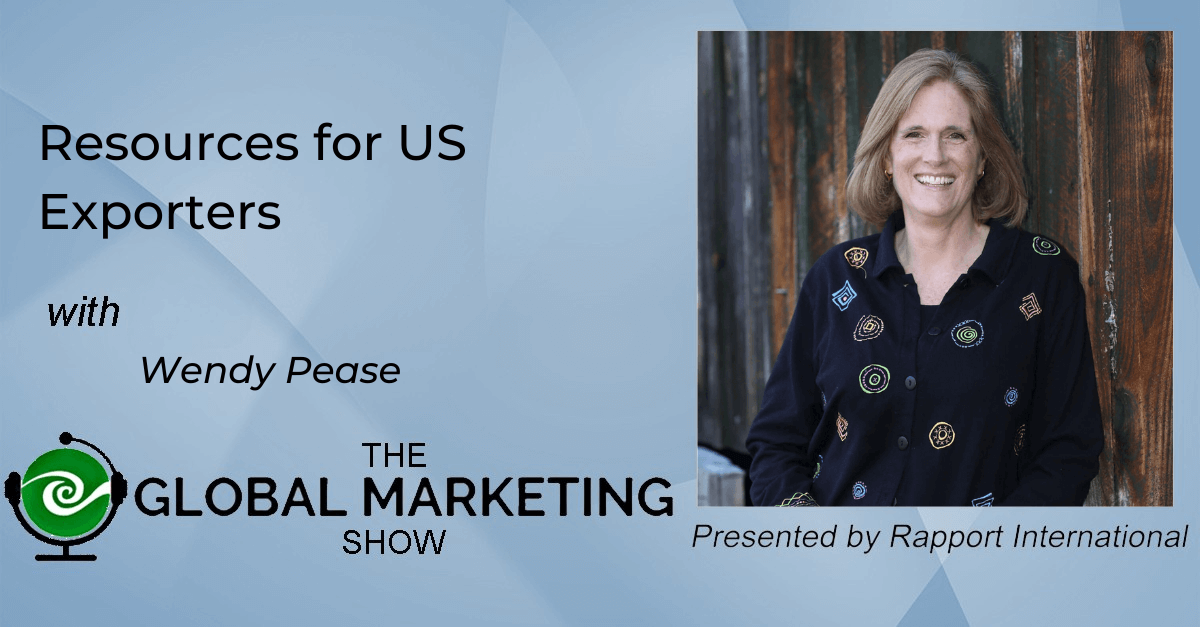Dr. Michael Drues is President of Vascular Sciences, which specializes in new product development, testing and simulation, regulatory consulting, and education and training for medical device and biotechnology companies. He holds a BS, MS, and Ph.D. from the University of Iowa and his varied background – professor, author, entrepreneur, expert witness, international regulatory affairs and strategy expert – allows him the “uncommon” perspective of being able to see a situation from all sides when navigating through the medical device industry.
An internationally recognized expert on the global regulation of medical devices, Dr. Drues specializes in bringing medical device companies through the FDA and its international counterparts and into markets here and around the world. His first, best rule of thumb is that starting any medical device campaign focused on a single touchpoint is a mistake.
The old saying applies, he says: “The surgery went perfectly but the patient died anyway,” the engineering equivalent of which is: “We designed the medical device perfectly, yet the patient died anyway.” And the regulatory equivalent: “We followed the regulation perfectly – that is, we did all that FDA or Health Canada or whoever asked us to do, and the patient died anyway.”
Critical Steps Toward Regulatory Success
The “root cause” of any unsuccessful product launch is starting a plan based on regulatory requirements. Biology and engineering should come first, but that’s not the common approach. On top of that, even the largest companies will bring a device into a single locale. Then they move into the next place only to find out the next place wants additional information, and even though the scenario is eminently predictable, Dr. Drues finds it surprising how often this happens.
“An easy way to greatly mitigate, if not totally avoid that scenario is to develop – [a]s early as you can in the product development cycle – your international regulatory strategy,” says Dr. Drues.
-
Instead of starting in a single location, identify the first 3-4 places in the world that you want to bring your product.
-
Pool the regulatory requirements into categories – benchtop testing, animal or clinical testing, reimbursement – and derive a holistic view across departments – “put them together in a way that makes sense.”
The most common mistake companies make when they go in front of the FDA or other regulatory body is to ask: “What kind of testing do we have to do?” or “How do we bring this device onto the market?” The “Pandora’s Box” of all questions, according to Dr. Drues is: do I need to do a clinical trial? “Of course you do!” the FDA will respond, “and you’re going to use 10 million patients!”
Instead, “Tell, don’t ask. Lead, don’t follow. This is our plan. This is what we are NOT going to do and why. I’ll consider your advice but it’s MY party, not yours.” It’s an aggressive position, Dr. Drues admits, basically a sales pitch. And ultimately, while the process is necessarily collaborative, the company is responsible for their future, not the FDA.
To be sufficiently prepared, while you can’t anticipate every problem or every question you can certainly anticipate many of them. Before going to the FDA:
-
Map out what-if and contingency scenarios. “If they say this, we say that,” for example.
-
“Measure the efficacy of your device description.” The vast majority of questions from reviewers stem from insufficient information about the device, he says, even simply how it works.
Elevated Communication Across Borders
Lacking a communications plan can cost companies a lot of money, Dr. Drues continues. And it’s not literal translation so much as meaning; the words can be translated properly and still lose the meaning. When doing business around the world, language, cultural, political, psychological differences all come into play.
He likens the FDA process to a poker game: “Just because you understand the rules doesn’t mean you will win the game” because “it’s not just the cards in your hand but how you play them.” And just like poker, his advice is global, applicable to agencies worldwide – Health Canada, FDA, the European Medicines Agency (EMEA), New Zealand Medicines and Medical Devices Safety Authority (Medsafe), Singapore’s Health Sciences Authority (HSA), the UK’s Medicines and Healthcare Products Regulatory Agency (MHRA) – because the principles and basic philosophies are 100% the same.
Regulatory requirements are not as clear cut as they have been historically, according to Dr. Drues. The medical device universe is extremely broad, from band-aids to wheelchairs to artificial hearts, making it hard to generalize what’s needed; in parallel, the regulatory requirements across the spectrum are far-ranging, unlike those for drugs or biologics.
And there are challenges even more fundamental than that. Regulatory strategy requires proper labelling – the intended use and the indications for use requires input from sales and marketing, input from the reimbursement side, legal opinion and product liability considerations. “Sometimes even documents in English don’t make sense grammatically or the engineering doesn’t make sense,” says Dr. Drues. “The underlying assumption is that the information we’re actually translating is correct to begin with, and that’s not always the case.”
Even in the European Union (EU), which instituted revised Medical Devices Regulation (MDR) requirements starting May 2021, Dr. Drues says the most substantive changes are focused on communication throughout the product lifecycle – complete, accurate, and translated CE Marking and Instructions For Use (IFU), for example – for both medical professionals and end users.
Which begs his final, overarching question, that if new regulatory requirements do not work toward engineering changes that translate into increased safety and effectiveness, and “…[i]f it does not lead ultimately to medical devices that are safer and more effective, then isn’t this a colossal waste of time and money?”
“Regulation is only one piece of the puzzle,” he adds. “You need to take a holistic view” and think early about global implications to first, do no harm.
Links:
Website: https://www.vascularsci.com/
LinkedIn: https://www.linkedin.com/in/michaeldrues/
Connect with Wendy: https://www.linkedin.com/in/wendypease/
Music: Fiddle-De-Dee by Shane Ivers - https://www.silvermansound.com

Are you a global marketing professional with stories to share?
Popular Posts
Popular industry news, interviews, technologies, and resources.















